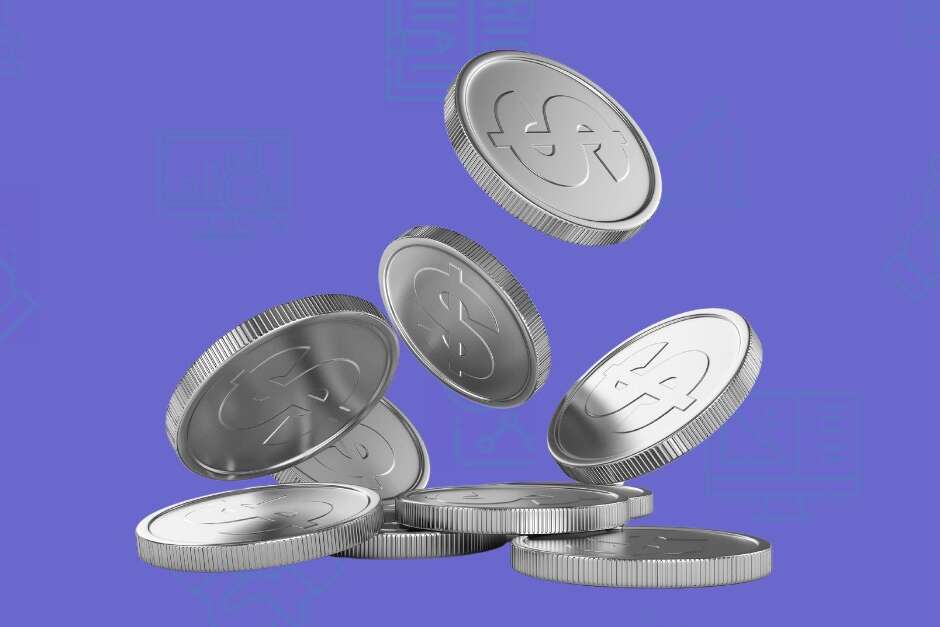We all do it. So I looked to the Internet for an answer. “Why do we procrastinate?”
The search engine showed me a picture of a brain first, with five question marks around it. Honestly, I related to that. Sometimes I have a lot of questions for my brain, too, like why it’s so easy to put off what needs to be finished now. Procrastination isn’t something you choose to do, though it is definitely a choice you make. Inaction is an action.
It isn’t about laziness, though. Procrastination is a choice, but it’s also a learned behavior, something we kept from ancestors. Thanks to present bias, immediate rewards (doing a less important task, like shooting a quick email to a coworker) often take precedence over long-term intentions (like writing that big presentation to higher-ups) — even if those long-term goals are significantly more important. Long-term goals can seem impossible to attain, so it seems easier to do four short-term tasks instead of one long-term project, even if those short-term tasks add up to more time than it would have taken to just bite the bullet and make progress on the bigger project.
So, how can you get around it? Let’s kick procrastination to the curb.
Just Get Started
The first few sentences I wrote for this blog? Not the opening words. I started with the paragraph just above this, because I saw it as a good access point to get going. Take a deep breath and dive straight into your task, even if it’s not where you’d expect to start it. Go with what feels like it will be easiest to tackle, and then you’ve got a foundation. Once you’ve got some work done on a project, even the smallest amount, getting the rest of it done seems a lot less intimidating.
Book Your Time Wisely
This is a tip I’ve personally started using, and it does help. Mark up your calendar with specific time blocks to work on specific projects. If you say you’re going to work on your big presentation from 3-4, that’s what you’ll be doing from 3-4. The calendar doesn’t lie. Holding yourself accountable and staying on track with relatively consistent progress using this method is easy and flexible.
Anti-procrastination tip: It’s not just calls and meetings that are repeatable on your calendar. Schedule reoccurring blocks of time for tasks you know you’ll be performing regularly, whether it be checking up on campaign metrics in our Advanced Reporting in ZiftONE or following up with partners.
Time Yourself with Tomatoes
No, really!
The Pomodoro technique (named after the cute tomato-shaped Pomodoro timer) is a tried-and-true method of kicking procrastination to the curb. Flesh out your to-do list, spend 25 minutes (one Pomodoro) working, and take a 5-minute break afterward. After four Pomodoros, take a 15-minute break, and then repeat the process until your task is done.
Don’t have a tomato timer at hand? The Internet has you covered: As with most things, there’s a website for that.
Treat Yourself
To quote the great sitcom Parks and Rec… “treat yo self.” You don’t have to go out and buy yourself something extravagant, but do treat yourself to a small reward once you’re all done with your big task. Having a light at the end of the tunnel is highly motivating — Just don’t let that reward get in the way of accomplishing your task to the fullest. Once you’ve finished up, turn on Netflix, have a cup of tea, or buy some ice cream. You’ve earned it.
What else can you do to stay focused and stave off procrastination? We’d love to hear what techniques you use to keep your daily schedule on track.




